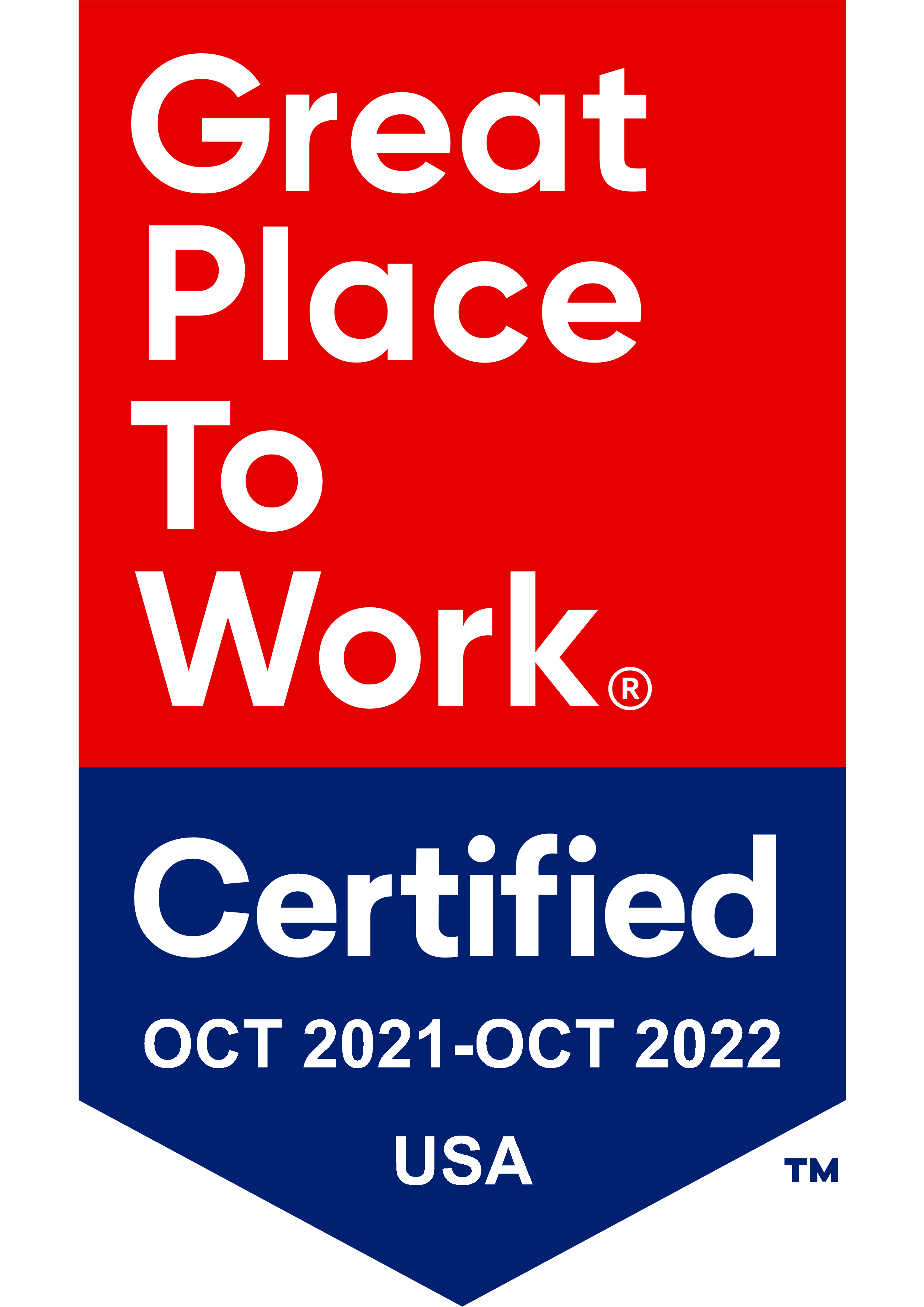How detail oriented people can wrangle big picture people and avoid the big fail
Read part one of this series here.
Has something like this ever happened to you?
I have this vivid memory of working on an internal project at a former employer’s. The day came for me to present my project to my boss, and I was so excited because I just knew he was going to love it. After sharing my project summary in his office, his exact words to me were, “That wasn’t what I had in mind.” Talk about crestfallen. To this day, I still remember how bad I felt. After observing a few more rounds of similar outcomes at the firm from other employees reporting to other supervisors, I became attuned to a problem.
When someone has a great idea, they often like to “kickstart” it by sharing their vision with the person they’ve designated to get it done, then they jump out of the picture. To them, at the time of the handoff, it’s “delegated.”
Are you a service oriented person?
The person they hand off to is typically a very detail oriented person who frequently operates from a “service” oriented framework, which *can* be a super powerful working combination with a big idea person when used with knowhow. People who are service oriented take great pleasure in helping other people. It is part of how they get energized and fulfilled. While an owner make take great pride in her idea, a service oriented person may take great pride in helping someone see an idea to fruition.
Being a service oriented person may also mean that you measure yourself against how well you anticipate the needs of others. A great example is that feeling of buying a gift for someone and thinking “she’s just going to love this.” Not only do you love seeing the expression on the gift opener’s face, you delight in purchasing and wrapping the gift, anticipating how much that person is going to enjoy the present (or what you “present”).
While being service oriented can be a source of pleasure and fulfillment, it can trap you also.
Often service oriented people don’t want to “bother” someone or pepper them with questions, because part of your service oriented nature is you take care of others. I know when I first began working for this former boss – I had thoughts like “he’s a busy person, he doesn’t have time for me to ask him questions” or “he thinks I should know this, otherwise he wouldn’t have given me this project, so I should just figure it out.” I was worried if I came back to him with a lot of questions or told him I didn’t understand, he might think I didn’t know what I was doing or that he gave the project to the wrong person.
When I looked around the office as a younger employee, I saw I wasn’t the only one that had this problem. It seemed to be endemic. I also noticed that after a time, people weren’t really willing to volunteer for new initiatives. After a few assignments where they did not live up to expectations of their supervisors, they felt like they were signing themselves up for failure if they committed to taking on a new initiative. Talk about stifling innovation.
At Trumpet, I was adamant we would not fall into this trap.
So, here is some of what we do at Trumpet, and by no means is it ever complete – we are always a work in progress!
Chunking – an oh, so awesome strategy
Chunking is an awesome strategy because it addresses very real problems for both Detail-Oriented People and Big Picture People.
Often, when wanting to tackle a big initiative, the “visionary” can get really excited about the pay off – the end result, and it’s hard for them to see all the steps in between. Case in point:
Visionary: “Once we have our new CRM in place and all of our automated workflows plugged in, life will be so much better!”
If you are the implementer of the new CRM, one approach to tackling such a massive task is to chunk a project into mini-projects.
For example, in this scenario, getting everything set up in a new software system may include mini projects such as (1) software selection, (2) vendor selection, (3) migration, (4) clean up, to name a few, each with their own associated timelines, even before ever setting up your first automated workflow, which may be the one driving force of the visionary. (Read our previous blog on "How to choose new technology")
Once you identify the key mini-projects of a larger project, you don’t have to create a gant chart or massive project timeline. Just identify the first steps of only the first mini-project with a commit date.
For example,
1. Within 4 weeks, we will have chosen our CRM software – that’s your first mini project.
2. The steps will entail us gathering a needs analysis from each department, conducting demos, getting proposals, and making a final decision.
Why is that so important? Because, once you say it that way, you may decide you really need 6 weeks given everyone still has to keep up with their day job as well as committing time to this project.
Not only does “chunking” help keep everyone honest about how long mini-projects actually take, but it helps in several other ways.
First, chunking helps avoid the Big Picture person slipping in additional “priorities” when a substantial project is underway. When projects are broken up into “chunks,” if something urgent does come up, you can intentionally take a break without shuttling the entire project. You can slip in something urgent between “migration” and “clean up” if need be.
From a morale standpoint “chunking” helps celebrate every milestone’s accomplishment (we selected our CRM!) not just the final pay off (we have 25 workflows programmed!)
Another key benefit of chunking, is it gets you started. I remember my mom telling me this secret when I was about 12. My mom was so busy with the demands of her job and children, that chunking was her top strategy. She shared that the only way she ever got the refrigerator clean was to tell herself she only needed to clean one shelf. Since cleaning the entire fridge always took more time than she had, chunking always allowed her to have a clean fridge.
Chunking also made it easier for her to start because it required a smaller commitment. Making a big project into mini-projects) was “doable.”
BONUS for using the Chunking strategy
What’s great about using the Chunking Strategy with the Big Picture Person?
It creates concrete commit dates so they can see progress is being made on their great idea.
It also provides an undisputable schedule. In other words, once you figure out how much time each component takes, those internal blocks of time get scheduled on your calendar for all to see. When you have something concrete you can schedule on your calendar, and your boss asked you to do something else instead, you can say “I have 4 hours blocked out on my calendar Friday to finish “XX “for the project. If I need to move that, then I have to reschedule two other meetings, which will put us three weeks behind schedule on this project.
Another great strategy I’ve found with big picture people is instead of telling them “no,” use this strategy instead: “As soon as we’re done with X, we can do Y” or if you have a great working relationship with them, “As soon as we’re done with X, you get Y.” At that point, you’ve told them they can still get their next idea met, they don’t feel stymied and they see you’re still in the thick of things.
Frequent Check ins
If you have ever been involved in planning a wedding, chances are, it was a very fluid process. Think of all the details that changed along the way. Maybe you decided to spend more money on the honeymoon and less on food or maybe you ended up with a different photographer than you originally planned.
Now, imagine this. Let’s say once you got engaged, you had a picture of your wedding day in your mind. And, instead of being involved in any of the planning (selecting your attire, the location, the music), you just show up at your wedding.
And, by means of delegating all the decision making, your wedding day looks entirely different than you imagined. How would you feel? Besides being surprised or maybe even a little disappointed in some aspects, what would you think? How about…”This isn’t what I had in mind!”
So, what if, as part of delegating all the details to a wedding coordinator, she required a 20 minute check in meeting with you each week so you could agree when everything was going accordingly to plan, and when it wasn’t. And, since all large scale plans require change, you were able to work through any hitches along the way.
Bottom line, weekly (and in some cases, daily “check ins” when projects are very fast paced), are critical to ensure your practice management project is successful. Frequent check-ins are what avoids the train wreck at the end of a project when it’s time to drive in the one golden spike to put the train tracks together, and instead of celebrating, you find the tracks don’t meet up, or worse, each side has been laying different track.
I shared this strategy of frequent check-ins with a new Trumpet employee, and he said – “that’s exactly what I learned from my old job also. Frequent, short check-ins with my boss made sure I was delivering what he expected.”
But, what if key stakeholders aren’t available for these types of “check-in” meetings?
Getting the buy without waiting for it
One thing that frequently works well to get input from a key stakeholder is an email subject line that says: “TIMELY – respond by noon tomorrow”
Then, if the first sentence of the email is something like: “Please review below and let me know by noon tomorrow, or else we are proceeding with plan,” I know when I get an email like that, I either need to provide input right now, or be OK with decisions that are being made without me.
It’s equally important to send your Big Picture Person a bulleted list of key points and specific questions. For example use a heading called “Decisions made” then if you need to ask questions, list those under a separate header along with your options for answers and your preferred recommendation.
If I do not respond to that email, that’s like a Governor not vetoing legislation. Without an explicit no, he or she is saying yes, “proceed with plan” and everyone knows it.
Using this strategy allows you to still get buy in or regular input to the plan from key stakeholders without consuming a lot of their time or slowing down your progress.
Next up, we’ll look at how to overcome perfectionistic tendencies *and* stick the landing on your project with an excellent score.




